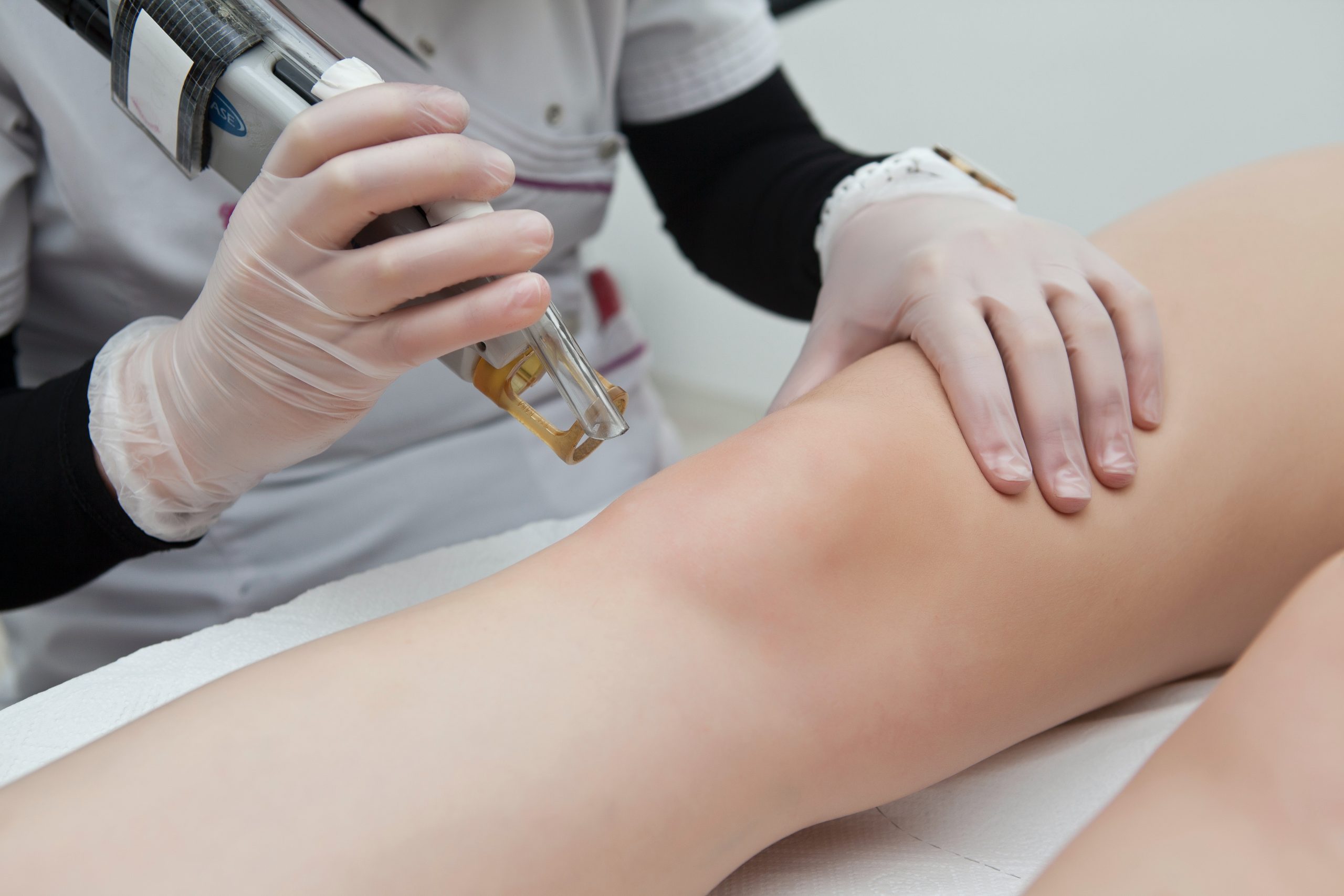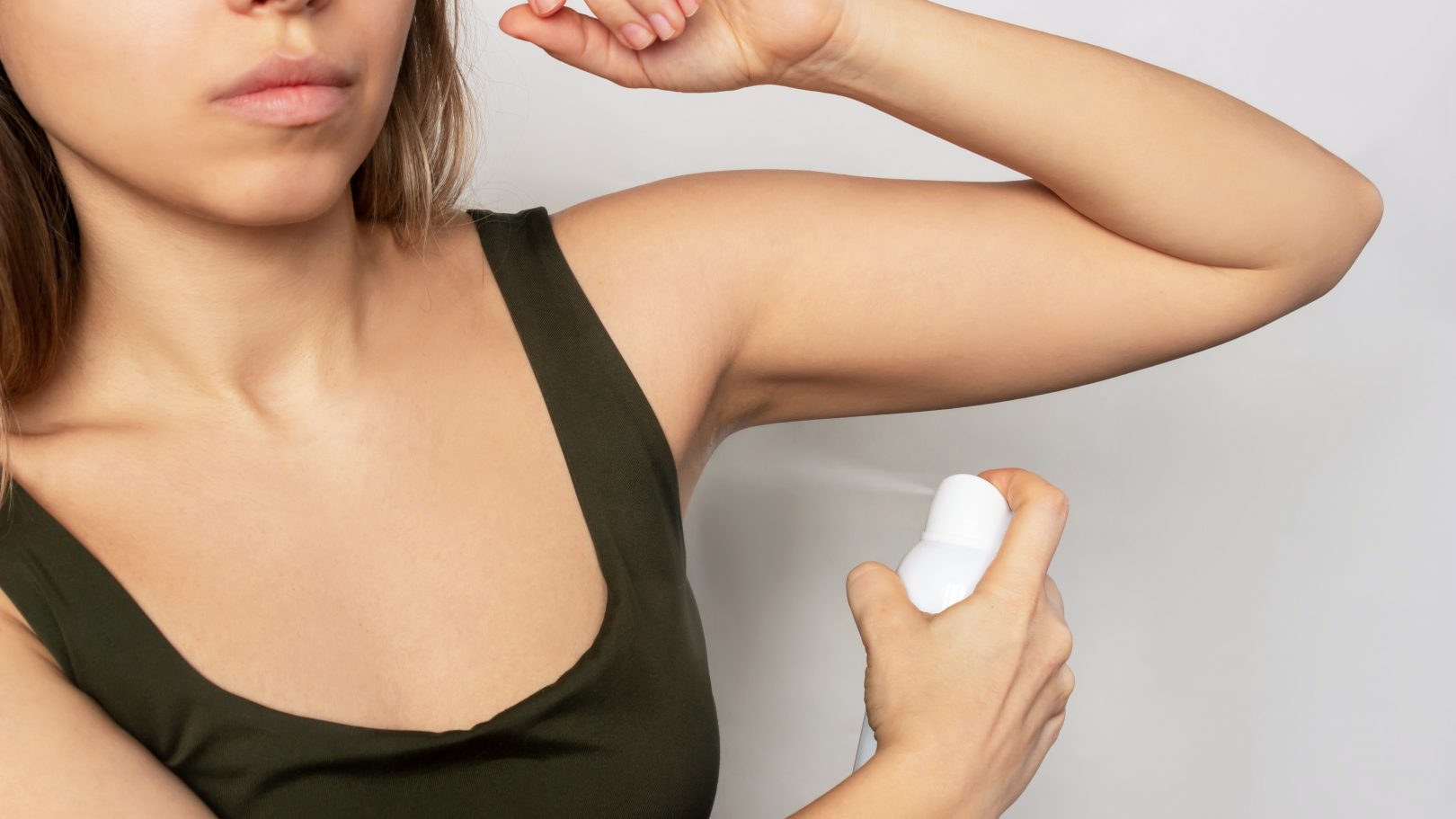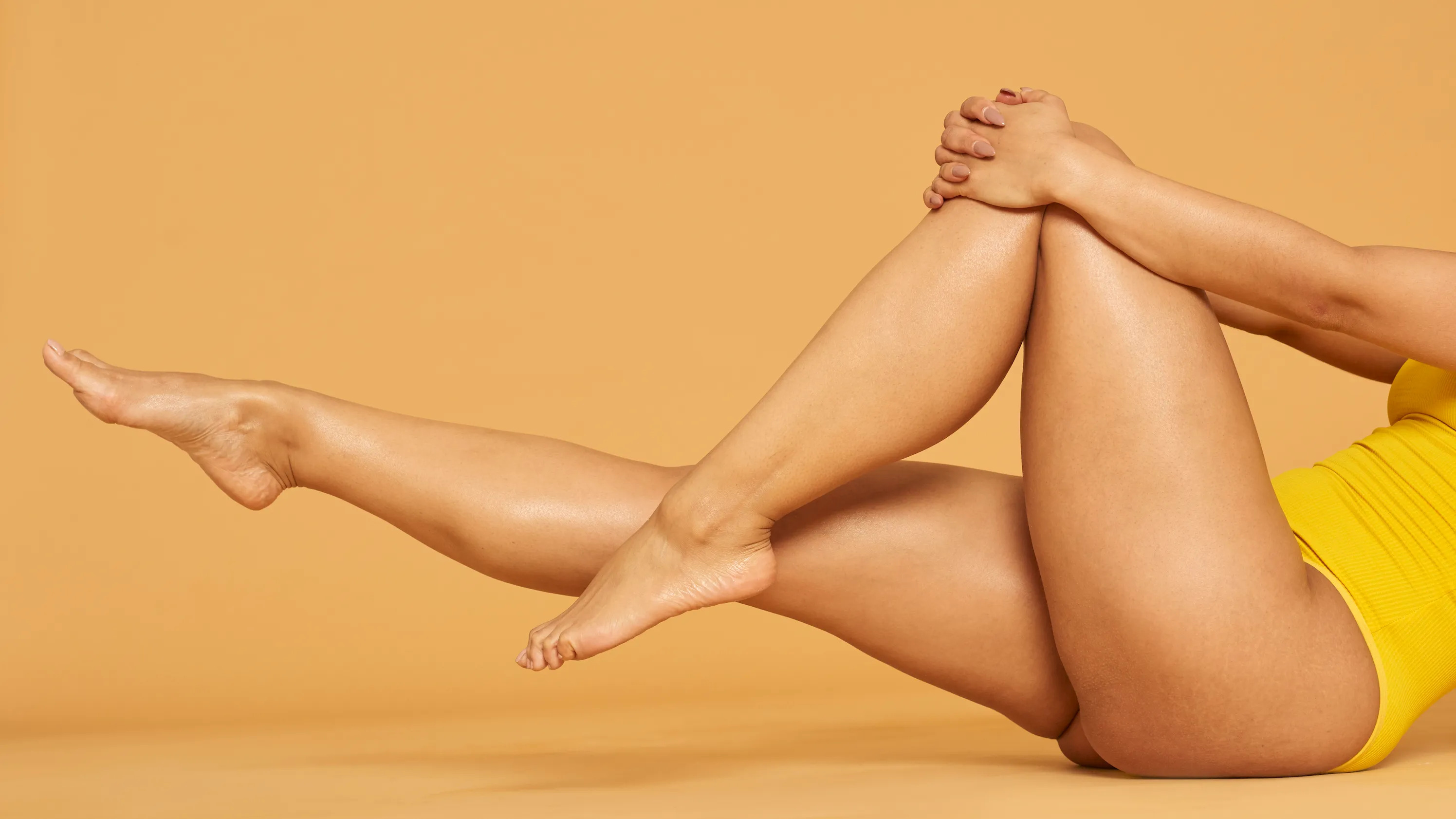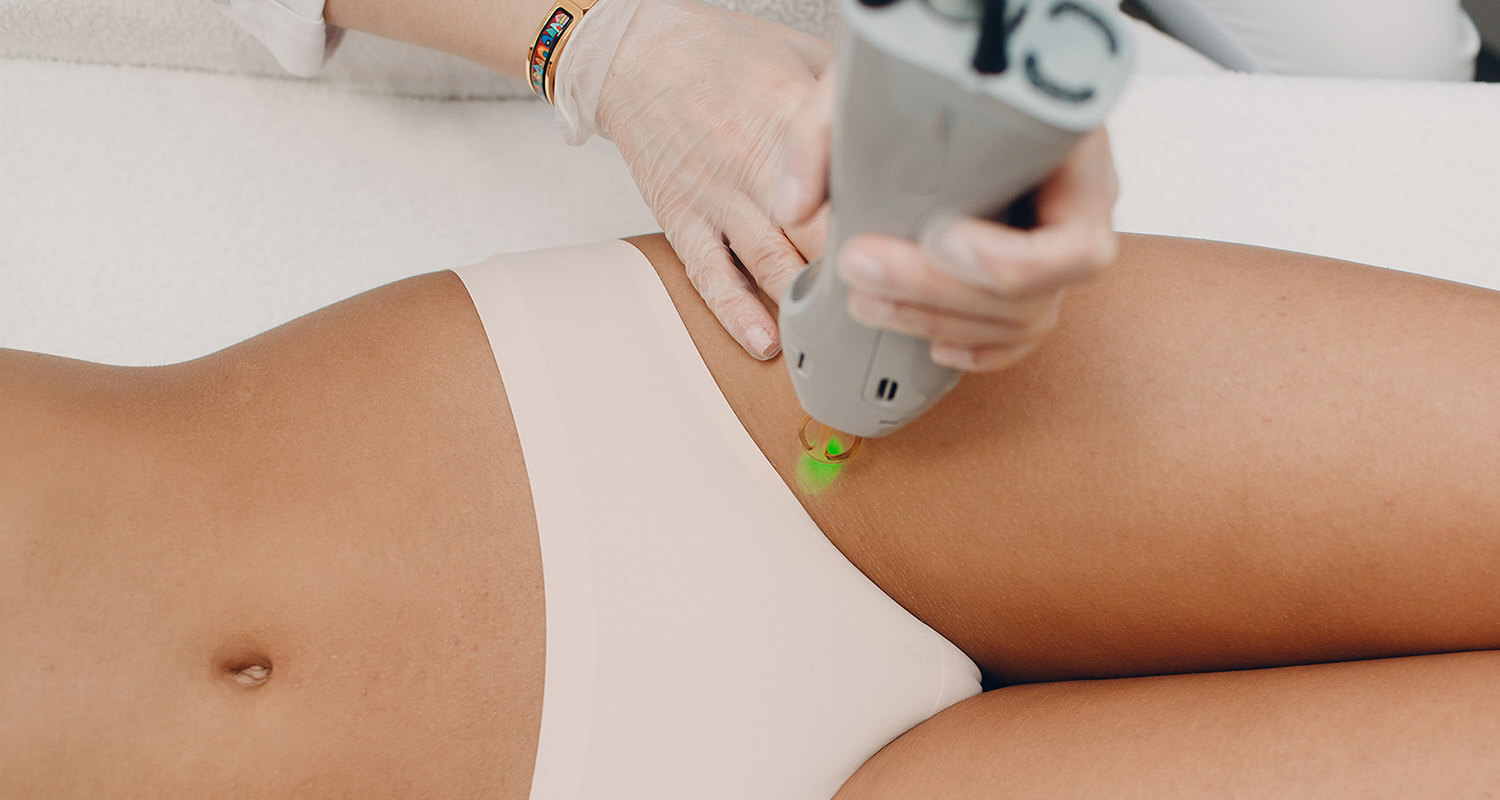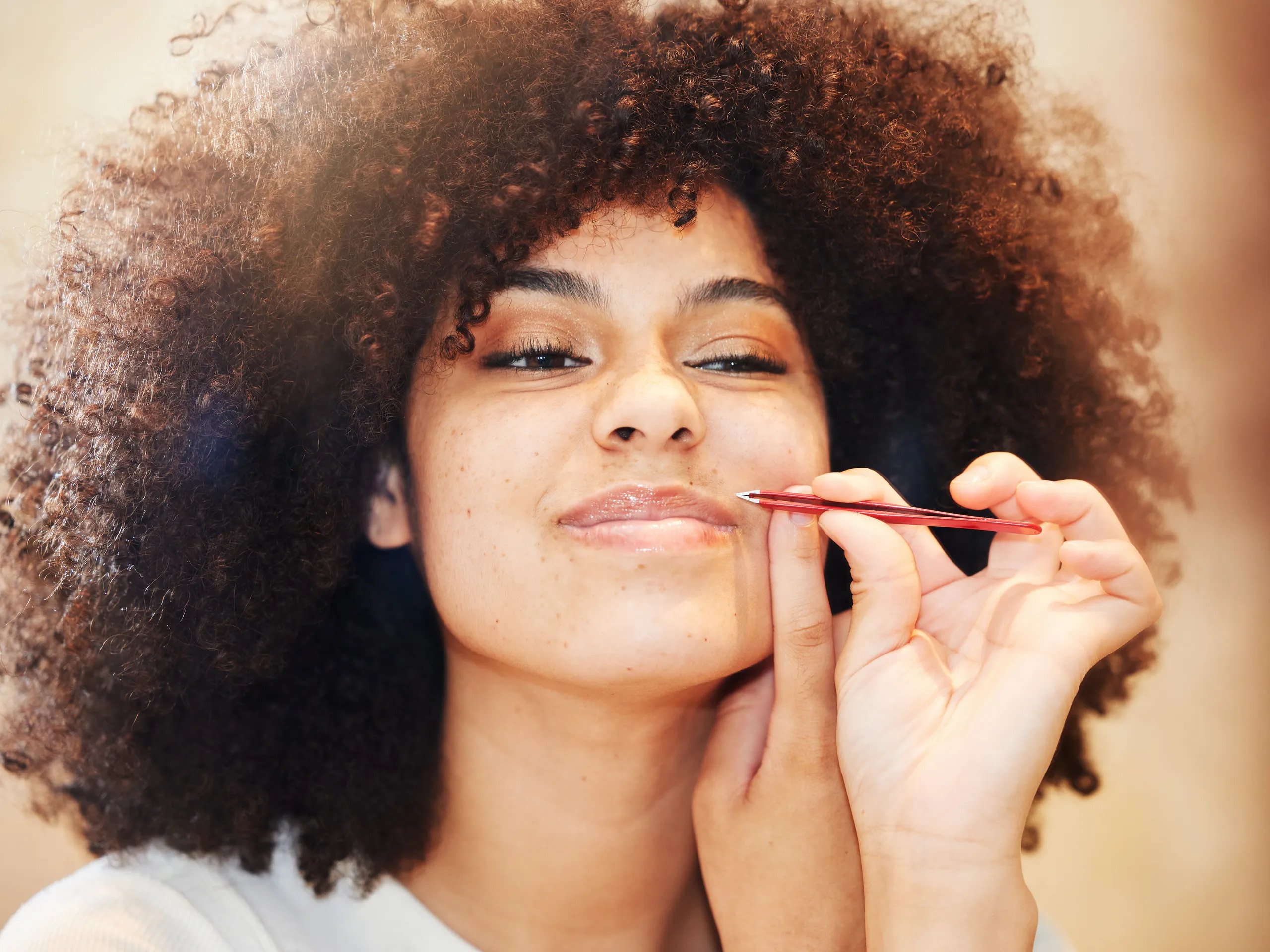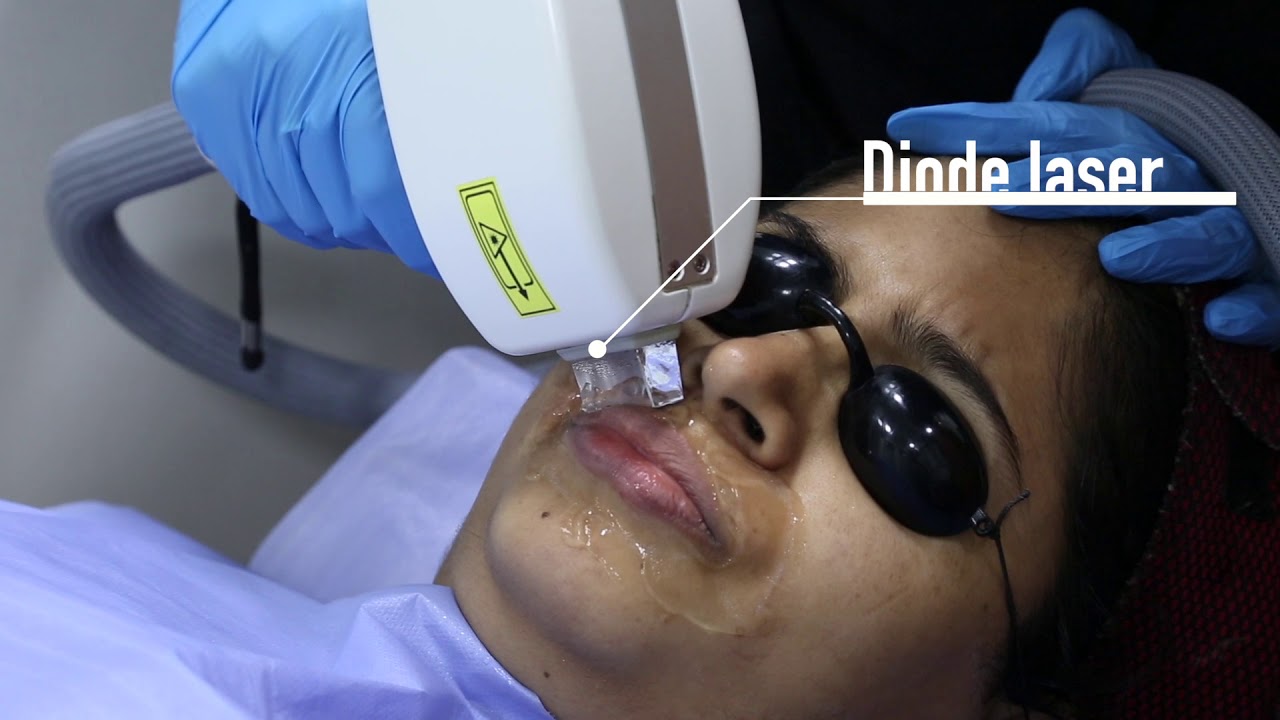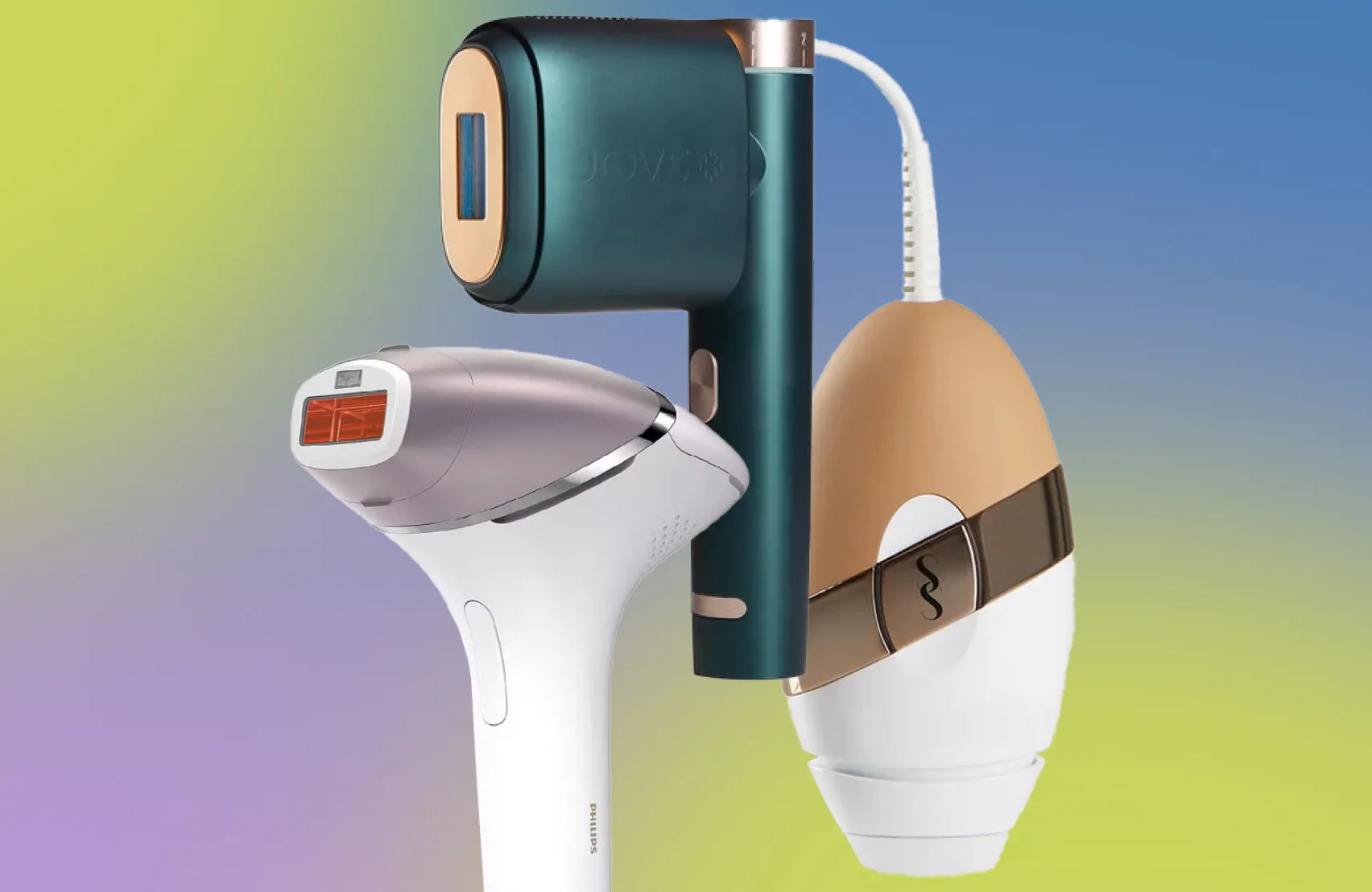Home>FAQs>What Happens If I Workout After Laser Hair Removal
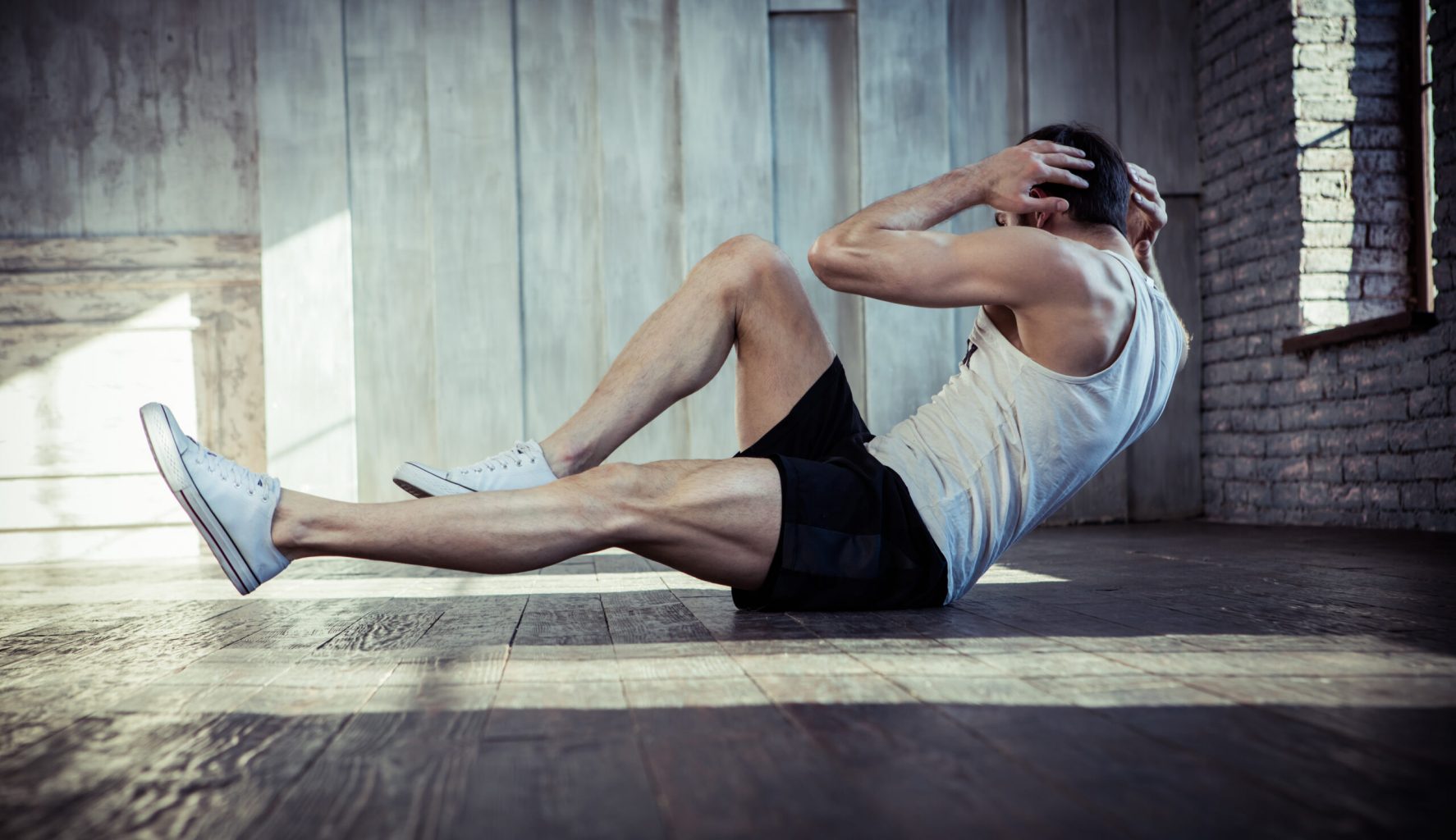

FAQs
What Happens If I Workout After Laser Hair Removal
Modified: September 23, 2023
Discover what happens if you workout after laser hair removal and get answers to your general questions about post-treatment care. Stay informed for optimal results!
(Many of the links in this article redirect to a specific reviewed product. Your purchase of these products through affiliate links helps to generate commission for Under-tec.com, at no extra cost. Learn more)
Table of Contents
Introduction
Are you considering laser hair removal but wondering how it might impact your regular workout routine? You’re not alone. Many people who undergo laser hair removal have questions about what happens if they work out shortly after the procedure.
Laser hair removal is a popular cosmetic procedure that uses intense beams of light to target and destroy hair follicles. It offers a long-lasting solution for unwanted hair in various parts of the body. However, it is essential to understand how your skin may react to the treatment and how it might affect your workout routine.
In this article, we will delve into the world of laser hair removal and shed light on what happens to the skin after the procedure. Additionally, we will explore the potential risks of working out immediately after laser hair removal and provide valuable tips to help you maintain an effective post-treatment workout routine.
So, if you’re considering laser hair removal and want to know how it may impact your fitness routine, read on to find out more.
Understanding Laser Hair Removal
Laser hair removal is a non-invasive cosmetic procedure that uses laser technology to target and remove unwanted hair. It works by directing a concentrated beam of light into the hair follicles, which are absorbed by the pigment in the hair. The intense heat generated by the light damages the follicles, inhibiting future hair growth.
One of the significant advantages of laser hair removal is its precision. The laser targets only the hair follicle, leaving the surrounding skin undamaged. This makes it a safe and effective solution for removing unwanted hair in various areas of the body, including the face, arms, legs, bikini line, and back.
It’s important to note that laser hair removal is not a one-time treatment. Multiple sessions are required to achieve optimal results. The number of sessions needed can vary based on factors such as hair color, skin type, and the targeted area.
Before undergoing laser hair removal, consult with a professional to determine if you are a suitable candidate for the procedure. They will assess your skin type, hair color, medical history, and any underlying conditions that may affect the treatment’s effectiveness.
During the procedure, a trained technician will use a handheld device that emits the laser light. They will adjust the settings according to your specific needs, ensuring maximum safety and efficiency. You may experience some discomfort during the procedure, but it is generally well-tolerated and relatively painless.
It’s important to note that laser hair removal is not suitable for everyone. The treatment works best on individuals with dark hair and light skin, as the laser can more effectively target the hair follicles. People with blonde, red, or gray hair may not see optimal results as these hair colors have less pigment.
Understanding the process of laser hair removal is crucial before delving into how it may affect your workout routine. With this foundation, let’s explore what happens to the skin after laser hair removal in the next section.
What Happens to the Skin after Laser Hair Removal?
After undergoing laser hair removal, your skin may undergo some immediate changes and exhibit certain reactions. It’s essential to be aware of these effects and understand how they may impact your post-treatment activities, including your workout routine.
Immediately after the procedure, you may experience some redness and mild swelling in the treated area. This is a normal response and typically subsides within a few hours or days. Additionally, you may notice that the treated hair follicles appear darker or more pronounced. This is because the laser has damaged the follicles, causing them to shed the treated hairs.
It’s important to avoid touching or picking at the treated area to prevent any potential irritation or infection. You should also refrain from exposing the treated skin to excessive heat, such as hot showers or saunas, as this can further irritate the skin.
Some individuals may also experience a temporary change in skin texture, such as dryness or flakiness. It’s important to keep the treated area moisturized and protected from excessive sun exposure. Applying a gentle moisturizer and using sunscreen with a high SPF is crucial during the healing process.
It’s worth noting that the reactions and healing process can vary from person to person. Some individuals may experience minimal side effects and resume their regular activities, including workouts, shortly after the procedure. However, others may require more time for their skin to fully heal before engaging in strenuous physical activities.
Now that we have a better understanding of how the skin may react after laser hair removal, let’s discuss the potential risks of working out immediately after the procedure in the next section.
Potential Risks of Working Out after Laser Hair Removal
While exercise is generally beneficial for overall health and wellbeing, it’s important to exercise caution and consider the potential risks of working out immediately after laser hair removal. Although there is no hard and fast rule, it is generally recommended to avoid vigorous physical activity for a few days following the procedure.
One of the primary risks of working out too soon after laser hair removal is increased heat and friction in the treated area. Engaging in activities that cause excessive sweating or rubbing can further irritate the skin, potentially leading to discomfort, redness, and even delayed healing.
The intense heat generated during a workout, coupled with the potential for increased sweat production, can also increase the risk of infection. Open hair follicles left from the laser treatment may be more susceptible to bacteria and other external agents, making it crucial to maintain proper hygiene and avoid unnecessary complications.
Moreover, exercising immediately after laser hair removal may disrupt the shedding process of treated hairs. It’s important to allow the body time to naturally shed the damaged hairs, as rushing this process may lead to ingrown hairs or other skin irritations.
Individuals with sensitive skin or a tendency to develop post-treatment reactions should be particularly cautious when returning to their workout routine. It’s advisable to consult with your healthcare provider or the professional who performed the laser hair removal treatment for personalized advice based on your specific skin type and treatment area.
While the risks of working out after laser hair removal are generally low, it’s important to listen to your body and give it time to heal. It’s always better to err on the side of caution and wait until the skin has fully recovered before engaging in intense physical activity.
Now that we’re aware of the potential risks, let’s move on to some helpful tips for maintaining a post-laser hair removal workout routine.
Tips for Post-Laser Hair Removal Workout
If you’re eager to resume your workout routine after laser hair removal, here are some essential tips to ensure a smooth and safe post-treatment experience:
- Wait for the Green Light: Before jumping back into your regular exercise routine, it’s important to wait for clearance from your healthcare provider or the professional who performed the laser hair removal treatment. They will be able to assess your skin’s healing progress and advise you on when it’s safe to resume physical activity.
- Avoid High-Intensity Workouts: In the first few days following the procedure, opt for low-impact exercises that minimize sweating and friction. Walking, yoga, or light stretching can be beneficial during this time.
- Choose Loose-Fitting Clothing: Wear loose, breathable clothing that allows your skin to breathe during workouts. Tight clothing can increase friction and skin irritation.
- Maintain Good Hygiene: Following laser hair removal, it’s crucial to keep the treated area clean and dry. Shower before and after your workout to remove any sweat or bacteria that may accumulate on the skin.
- Apply Sunscreen: Protect the treated area from sun exposure by applying a broad-spectrum sunscreen with a high SPF. UV radiation can further irritate the skin and prolong the healing process.
- Be Gentle with Exfoliation: Avoid harsh exfoliants or scrubs in the treated area for at least a week after laser hair removal. Gentle exfoliation can be resumed once the skin has fully healed.
- Stay Hydrated: Drink plenty of water before, during, and after your workout to keep your body hydrated. Proper hydration promotes overall skin health and aids in the recovery process.
- Monitor Your Skin: Pay attention to any changes or unusual reactions in the treated area during and after your workout. If you notice persistent redness, swelling, or discomfort, consult your healthcare provider.
Following these tips will help minimize the risks and maximize the effectiveness of your laser hair removal treatment while maintaining a healthy post-treatment workout routine.
Lastly, it’s important to remember that each individual’s healing process may vary. It’s always best to consult with a healthcare professional to get personalized advice based on your specific circumstances.
Conclusion
Laser hair removal is an effective and popular method for long-term hair reduction, but it’s important to understand how it may impact your workout routine. By following the tips provided and being mindful of the potential risks, you can ensure a smoother and safer post-laser hair removal experience.
Immediately after the procedure, your skin may exhibit some temporary changes, such as redness, swelling, and darkening of hair follicles. It’s crucial to allow your skin time to heal and avoid activities that may further irritate or damage the treated area.
Engaging in vigorous exercise too soon after laser hair removal can increase the risk of skin irritation, infections, and disruptions in the shedding process of treated hairs. Therefore, it’s advisable to wait for clearance from your healthcare provider or the professional who performed the treatment before resuming intense physical activity.
When you do return to your workout routine, choose low-impact exercises, wear loose-fitting clothing, maintain good hygiene, and protect the treated area from sun exposure with sunscreen. Additionally, be attentive to any changes or unusual reactions in the skin and seek medical advice if needed.
Remember, every individual’s healing process may vary, so it’s important to listen to your body and consult with a healthcare professional for personalized advice.
By balancing your desire to stay active with proper post-laser hair removal care, you can achieve optimal results and enjoy the benefits of a hair-free and healthy body.
